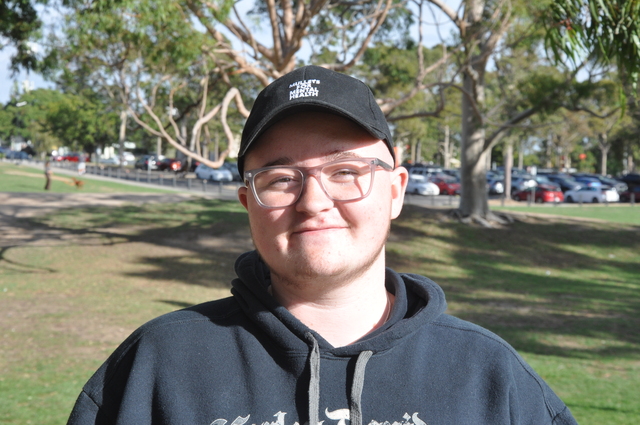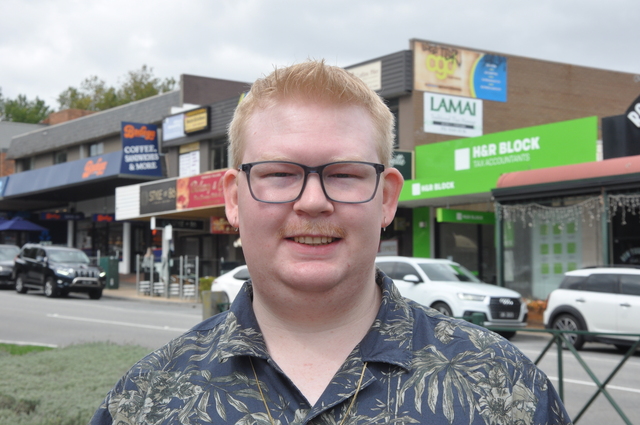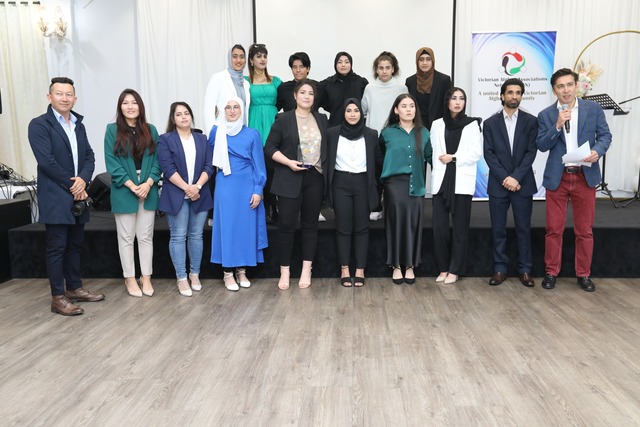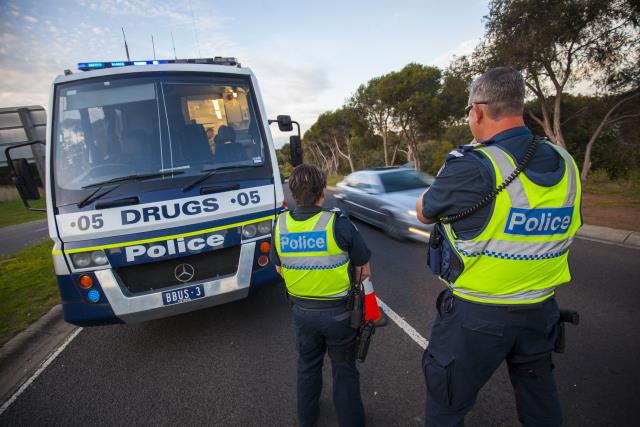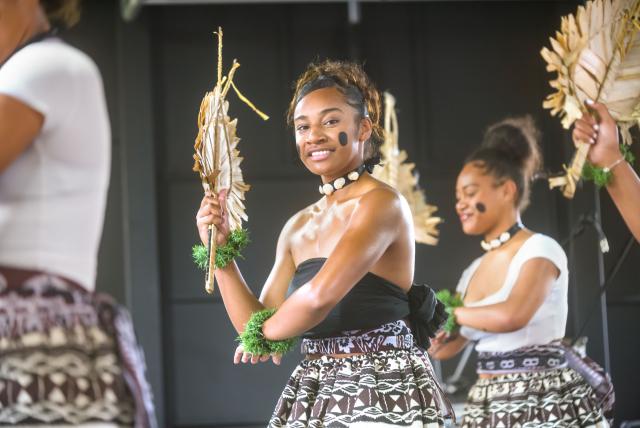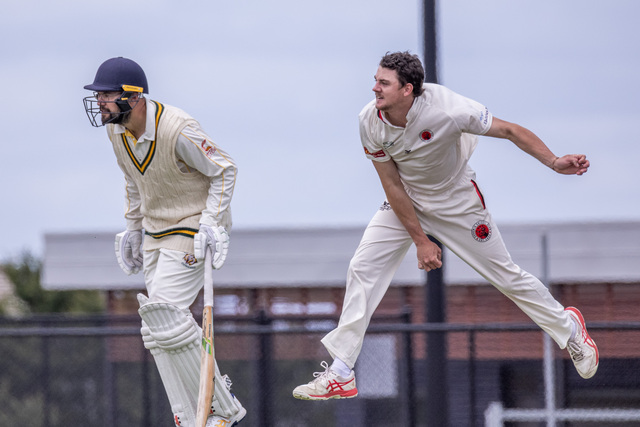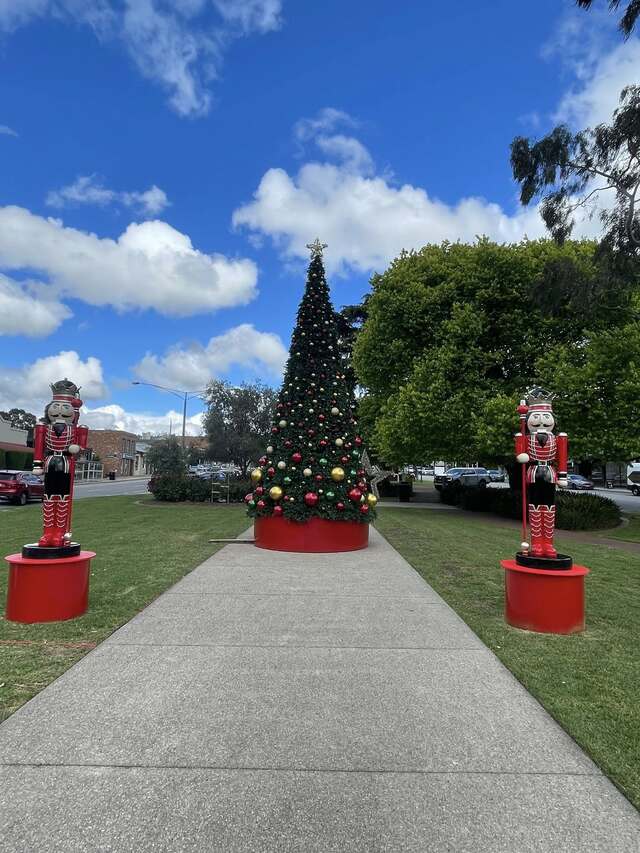In light of the recent announcement of the $10,000 HEY Grant for the City of Casey, local LGBTQIA+ youth leaders have shown their eagerness and support for the development.
Likewise, Casey’s manager of child youth and family, Bronwyn Saffron, said that the city is more than pleased to have received the grant, something that will “enable our Youth Services team to host a Pride In School forum”.
“Through the forum, for local primary and secondary school teachers, we hope to empower and educate teachers so they can help shape a more inclusive school culture.”
At the same time, Saffron said that this directly benefits the LGBTIQA+ youth by improving their sense of belonging, safety and well-being in their learning environments.
Austin Parker, one of the many youth leaders in Narre Warren Headspace, said that since he was young, he has always known that he was agender.
This means that he knew that he held some internal feeling that he was neither male nor female, but just Austin.
“I’ve always known, but now I understand what agender means, it makes more sense that I don’t see gender, it’s kind of irrelevant to me,” he said.
Having gone to a Christian high school, it was difficult for Austin to fully express himself without any constraints, and while he recalled that his friends were great and that there were instances of mockery from time to time, it ultimately came down to his environment.
“I went to a Christian high school, which was interesting and for the most part, the other students were fine, but I wasn’t able to really express myself in that environment,” Austin said.
It was only really after secondary education that he was able to explore himself, and his myriad of options, eventually finding his home at Headspace.
Sam Franks, a barbering student at TAFE and part of Headspace’s youth advisory committee, said that the funding is a “big step for the area, it’s really needed”.
“Growing up as queer, I went to a Catholic school, and I was the first to rally put myself out there and say, hey look, this is who I am, and this is who I want to be,” he said.
“That got a lot of backlash, I copped a lot of slack, but I think it’s changing now.
“The dynamic is starting to shift, but when I was growing up, it was a lot harder.”
Sam said that his journey was difficult, recalling that his parents have struggled to accept the change but have been forward with telling him to be authentic and be himself.
His confidence eventually grew, especially with the support of younger peers who “came up to me and pretty much praised me for just existing because they felt comfortable showing up for themselves”.
“That was my biggest motivator, other people, and then it fell into doing it for myself,” he said.
Carmen Parker, Austin’s mum, said that as parents, she and her husband have always supported him, adding that it was more the external factors that posed as a serious challenge.
For both mother and son, the creation of queer spaces, physical spaces, is essential, considering that it is somewhere that those from the LGBTQIA+ community can be seen.
“It’s someplace where we can be seen, as opposed to just announcing it and then just feeling like we have no support,” Austin said.
“Schools and organisations might say they support queerness, but they don’t always do that, they’re sometimes just rainbow-washing and they want the political and social clout that comes with it.”
According to Sam, support from the everyday people can come in little gestures, and does not need to be grand in the sense of grants or from organisations and or local government.
It could be as simple as researching the topic, asking for people’s pronouns, wearing a rainbow lanyard when available during work, and so on.
“A lot of young queer people are scared, they don’t know what’s up in the air, it could be our rights up there,” Sam said.
“But for local governments like Casey to put a foot down and support us, saying that they want to support queer people and celebrate them, just means we have an extra blanket in a tough time – it’s a great feeling.”
Both Austin and Sam are keen to see more development in acceptance and inclusion in their home city.
With small and assured steps, they are confident that more can and will be done to achieve a safe space for all.

